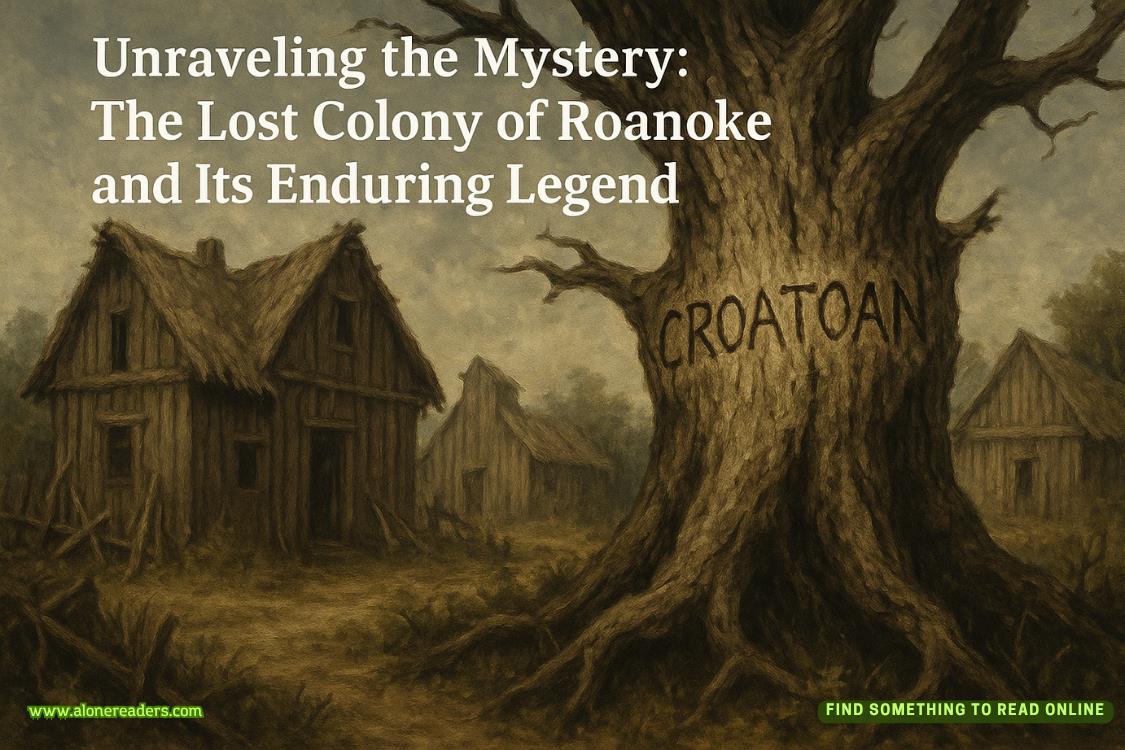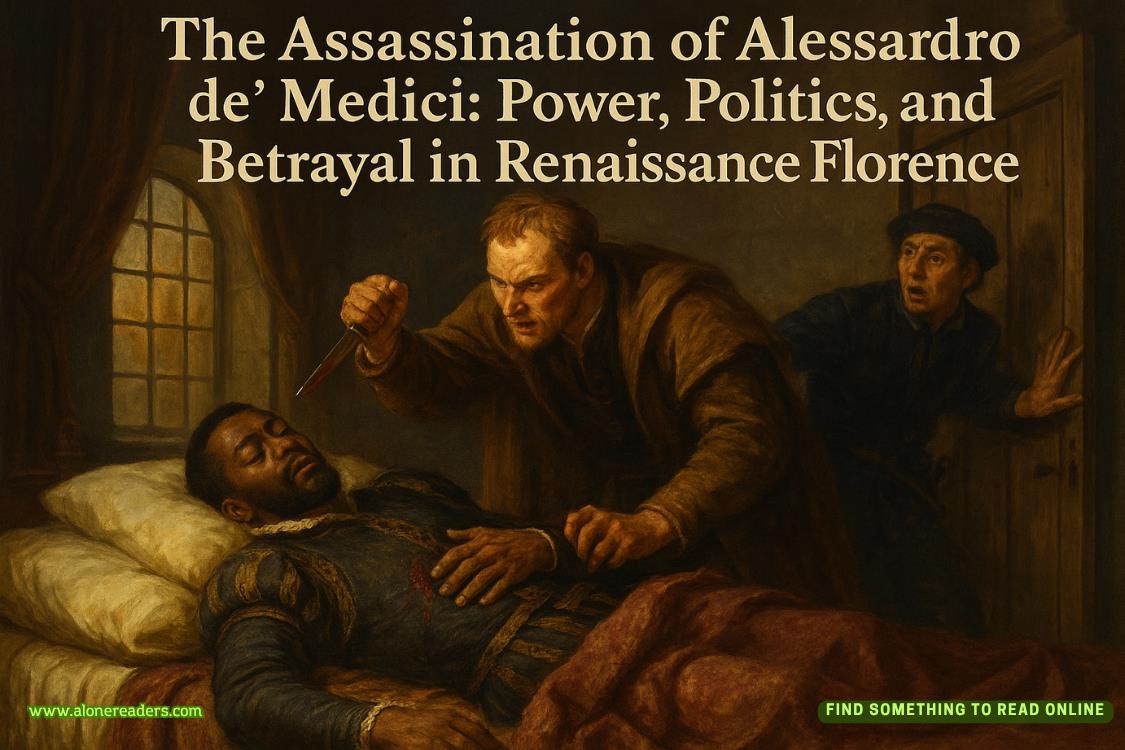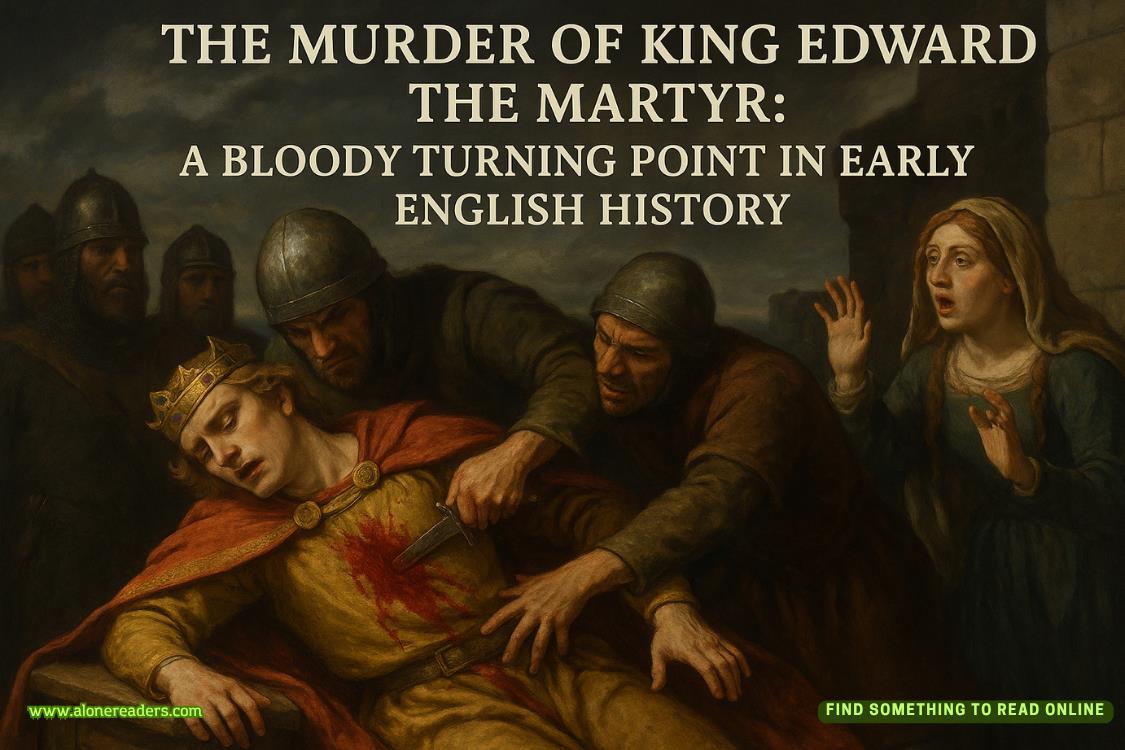Page 54 of Colin Gets Promoted and Dooms the World
When I arrived at Dark Enterprises, the lobby was a bustling hive of activity. Dozens of black-robed acolytes chanted and burned handfuls of dried herbs, filling the air with pale, sweet-smelling smoke. In the middle of the vast space, a pair of sacrificial bulls lowed mournfully as their hides were anointed with oil and draped with garlands of red and white flowers. The company must have decided to importune some of the more ancient deities if they were resorting to a taurobolium. I gave one of the animals a sympathetic scratch behind one ear as I passed by, and he watched me with limpid eyes until the elevator doors closed between us.
“What’s with the ritual sacrifice downstairs?” I asked Ms.Crenshaw when I handed over her coffee.
“The executive board has decided to strengthen the defenses around the building,” she replied calmly, “in light of what’s happening in the city.” The windows behind her looked out onto a dizzying aerial view of Manhattan that made me feel like I was falling toward it from ten thousand feet.
“About that,” I said carefully. “Do you know what’s going on?”
Her gaze was coolly bland. “Given that our people keep dying whenever they attempt to divine the nature of the threat, we remain unsure. Hence, the strengthened defenses.” She picked up her smartphone and glanced at its screen. “The mayor is due to arrive any minute now.” A note of irritation crept into her voice. “No doubt she wants to reiterate her demands that we ‘wave our wands around’ and make this stop. Escort her in as soon as she gets here.”
I nodded and retreated to my desk. When the mayor appeared some fifteen minutes later, accompanied by two large bodyguards, I ushered her into Ms.Crenshaw’s office and then offered her people coffee or water while they waited. The two of them wound up sipping a medium-bodied Colombian blend out of delicate porcelain cups while their boss presumably yelled at mine, though no sound emerged from behind the closed door. When Mayor Santiago finally emerged, she looked scared, and her security team had to scramble to keep up as she stalked out into the hallway without a word.
Collecting the coffee cups and sending them down to Personnel with an intern—you never knew when someone’s DNA might come in handy—I spent the rest of the morning sharpening ritual knives while Ms.Crenshaw came and went from various meetings throughout the building. She left for lunch a little after noon, and that was my cue to head straight for the Repository. Thanks to the doomed spirit of Elsabeth Brünner, I finally had some idea of what to look for.
Consulting the massive catalog, I quickly discovered that the solitary entry forAbominationhad the wordFORBIDDENscrawled next to it. Nonplussed, I crossed the Repository’s marble floor to the reference desk, behind which stood a man wearing the most obvious toupee I’d ever seen. In fact, the closer I got, the more convinced I became that I’d interrupted something vaguely hairlike in the act of swallowing his head. Clearing my throat, I waited until his eyes—magnified enormously by his glasses—flicked up from his keyboard. “Hi there,” I said with a bright smile, using all my willpower not to stare at the toupee. “I’m looking for information on Abominations.”
Without a word, the man turned to his computer and typed furiously for a few moments. Then he squinted at the screen and said in a monotone, “All written materials on that subject are classified as Forbidden.”
Making an elaborate show of looking around, I leaned across the desk and lowered my voice in conspiratorial fashion. “Well, I’m here from thethirteenth floor.”
He watched me steadily with those huge eyes.
“Which means,” I went on, dropping my voice still further, “this is very hush-hush, top secret research for theexecutive board.”
Looking distinctly unimpressed, the man leaned down and extracted a thick sheaf of paper from somewhere behind the desk. “If you want to examine those materials, you’ll need to fill out this form in triplicate and attach a detailed explanation of your intended research outcomes. It will then be considered by a committee of curators and librarians and either approved or denied in twelve to twenty-five business days.”
I stared at him.
He stared back.
“I can’t look at this material for twenty-five days?” I finally asked.
“Up totwenty-five days,” he corrected me with the smug relish of a true pedant.
“Okay, but this is actually super important.”
“No exceptions.”
Frustrated, I snapped quietly, “There’s absolutely nothing I can access about Abominations?”
“There are nowrittenmaterials. But according to this”—he consulted his computer—“there’s a video tutorial available in the audiovisual department upstairs.”
“Okay, great, I’ll take that,” I said hurriedly.
Taking a slip of paper from a pile next to him, he slowly jotted down the reference number. As he finished, the toupeetwitched. Maybe it really was feasting on his brain. “Here you go,” he intoned colorlessly, sliding the paper toward me.
Keeping an eye on that hair, I snatched up the reference number and then retreated as quickly as possible, looking back over my shoulder in case the toupee came after me.
The Repository’s audiovisual department was located on the fourth level, surrounded by glass-walled rooms containing all kinds of fancy equipment. In one such room, a small group of people watched a step-by-step demonstration of a standard flaying. I paused curiously—these must be new hires in Human Resources, learning a few basic extraction techniques before starting on the real thing—and noted with professional detachment that the flaying was a little bloodier than HR typically liked to see. The person wielding the knife wasn’t taking enough care to avoid the smaller blood vessels. Giving myself a shake, I moved on. Sloppy resource extraction was no longer my concern.
Using the reference number the toupee had given me, I found a bank of shelves occupied by theLet’s Learn!series, several dozen videocassettes in black plastic cases with labels on their spines. Grabbing the one I needed, I started hunting for a place to play it. Eventually I stumbled across a row of library carrels, each of which contained a bulky VCR beneath a small TV. I’d only seen equipment this old at my grandparents’ house when I was a kid, and encountering it now gave me a strange feeling of nostalgia as I sank into a chair, opened the cassette case, and somewhat doubtfully pushed the tape into the slot on the VCR. Then I pressed the TV’s power button and watched as the screen flickered to life.
For a few moments, there was nothing to see but faint horizontal lines traveling slowly upward. Then a fanfare of synth music blared from the TV’s speakers. Mortified, I fumbled for an enormous set of headphones sitting nearby and plugged them in, then settled them over my ears as the video title swooped in, big and yellow, with the hard shadows typical of sitcoms from the 1980s:
Let’s Learn About Abominations!
The title faded away and a tall, good-looking man stepped in front of the camera. The video quality was a little grainy, and it took me a moment to recognize the actor Rutger Hauer, decades younger than the craggy, weathered version I was more familiar with. Dressed in a black turtleneck and black trousers, white teeth gleaming in a relaxed, friendly smile, he looked into the camera and started to speak with a faint Dutch accent.
“Hello, and welcome to this informational video.” His gaze tracked a little to the left as he read from a teleprompter. “Over the next few minutes, we’re going to talk about Abominations. They’rean important part of your company’s history as well as an existential threat to humanity, so pay close attention.” Hauer paused at that, looking past the camera with a lift of his eyebrows. Then he continued, his tone perhaps a little less assured. “Philosophers and theologians suspect that Abominations arose from the growing complexity of human consciousness at some point in our distant evolutionary past. Since then, Abominations have preyed on our species, living alongside us as objects of fear and veneration.















